The Incandescent by Emily Tesh

It’s not that surprising to me that this perspective has been uncommon in fantasy, because the shininess of students learning magic is just so iconic and emblematic. But Tesh shows us that the space of teachers, adults, in a “magical school”, as front and center characters, is intensely interesting.
811. Darkly Lem (a.k.a. “The Council of Multiverse Affairs”) — Transmentation – Transience
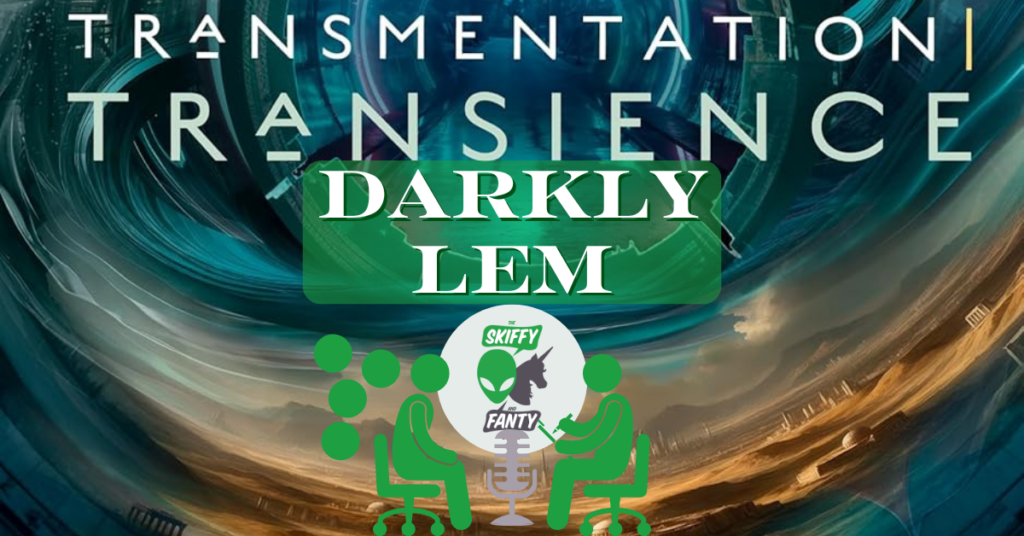
https://media.blubrry.com/skiffyandfanty/dts.podtrac.com/redirect.mp3/archive.org/download/sand-f-811-darkly-lem/SandF_811_DarklyLem.mp3Podcast: Play in new window | DownloadSubscribe: Apple Podcasts | Spotify | Android | Email | TuneIn | Deezer | RSSMultiversal politics, plot armored captains, and flying whales, oh my! Shaun Duke and Daniel Haeusser are joined by Cadwell Turnbull and Craig Lincoln, two members of the writing collective, Darkly Lem! And they’re here to talk about their first Darkly Lem novel, Transmentation | Transience! We tackle the ins and outs of collaborative writing, bending and blending genres, spy narratives and multiverse premises, and much more! Thanks for listening. We hope you enjoy the episode!
Short Fiction Review: January/February 2025
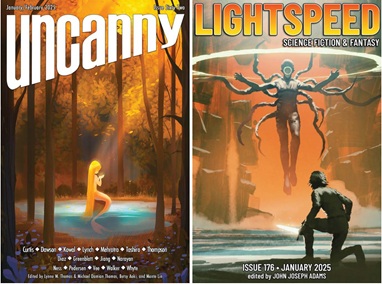
“My favorite stories from January and February look at conformity, assimilation, diversity, and connection from various angles.”
Book Review: Point of Hearts: A Novel of Astreiant, by Melissa Scott
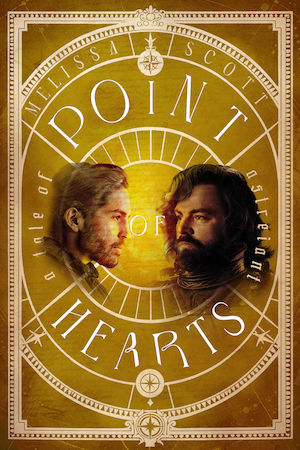
It was an engrossing read; the characters continue to be fully engaging and the protagonists sympathetic (even though not always in agreement with each other), and the rich worldbuilding continues with interdepartmental squabbling providing insights into the politics.
809. The Flintstones (1994) — Torture Cinema #151
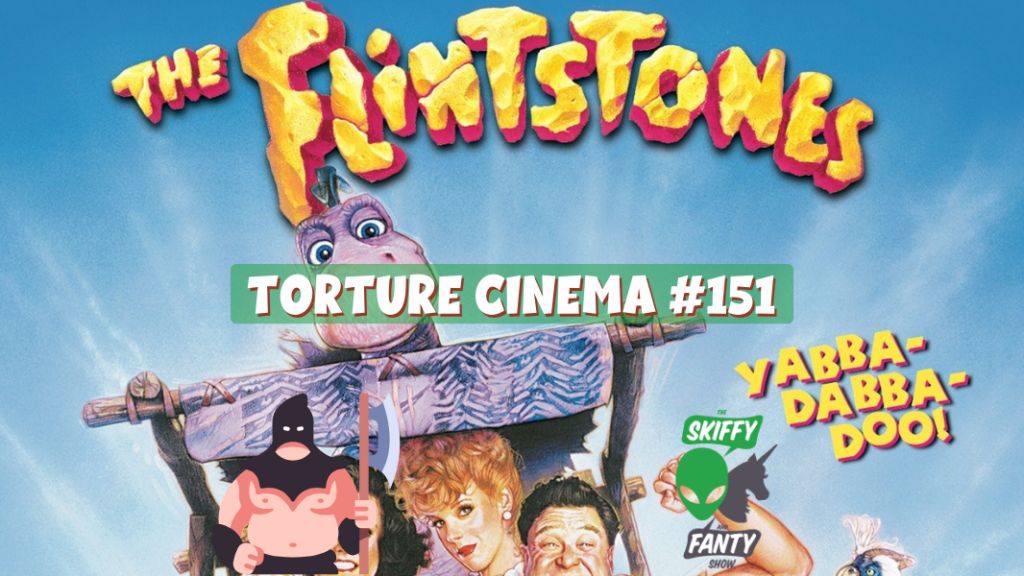
https://media.blubrry.com/skiffyandfanty/dts.podtrac.com/redirect.mp3/archive.org/download/sand-f-809-the-flintstones/SandF_809_TheFlintstones.mp3Podcast: Play in new window | DownloadSubscribe: Apple Podcasts | Spotify | Android | Email | TuneIn | Deezer | RSSPig disposals, dirty feet, and yabba-dabba-doo, oh my! Shaun Duke, Julia Rios, and Daniel Haeusser join forces to discuss 1994’s The Flintstones! Together, they chat about the history of the original show, tackle the film’s nonsensical plot choices, discuss 1990s practical set design, and get grossed out by feet, plus much more! Thanks for listening. We hope you enjoy the episode!
Book Review: The River Has Roots, by Amal El-Mohtar
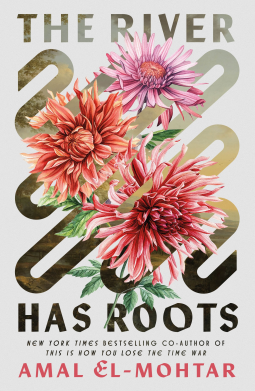
The novella is a retelling of a reasonably well-known fairytale murder ballad, so alert readers may anticipate some of the story beats. There are two sisters, and a suitor, and a warning from beyond via music. But even if a reader has an idea of where the story is going, there are bends in this river of a plot.

